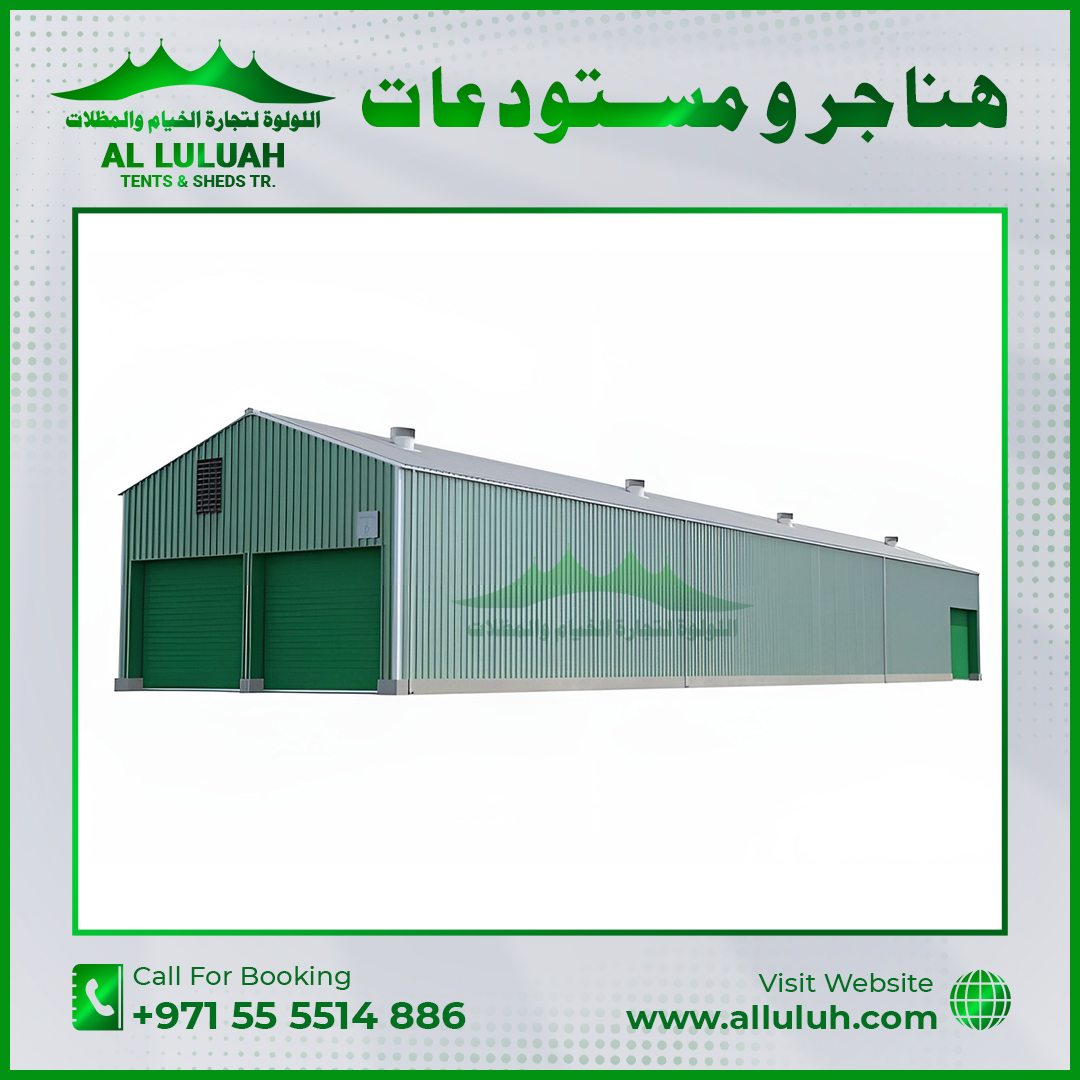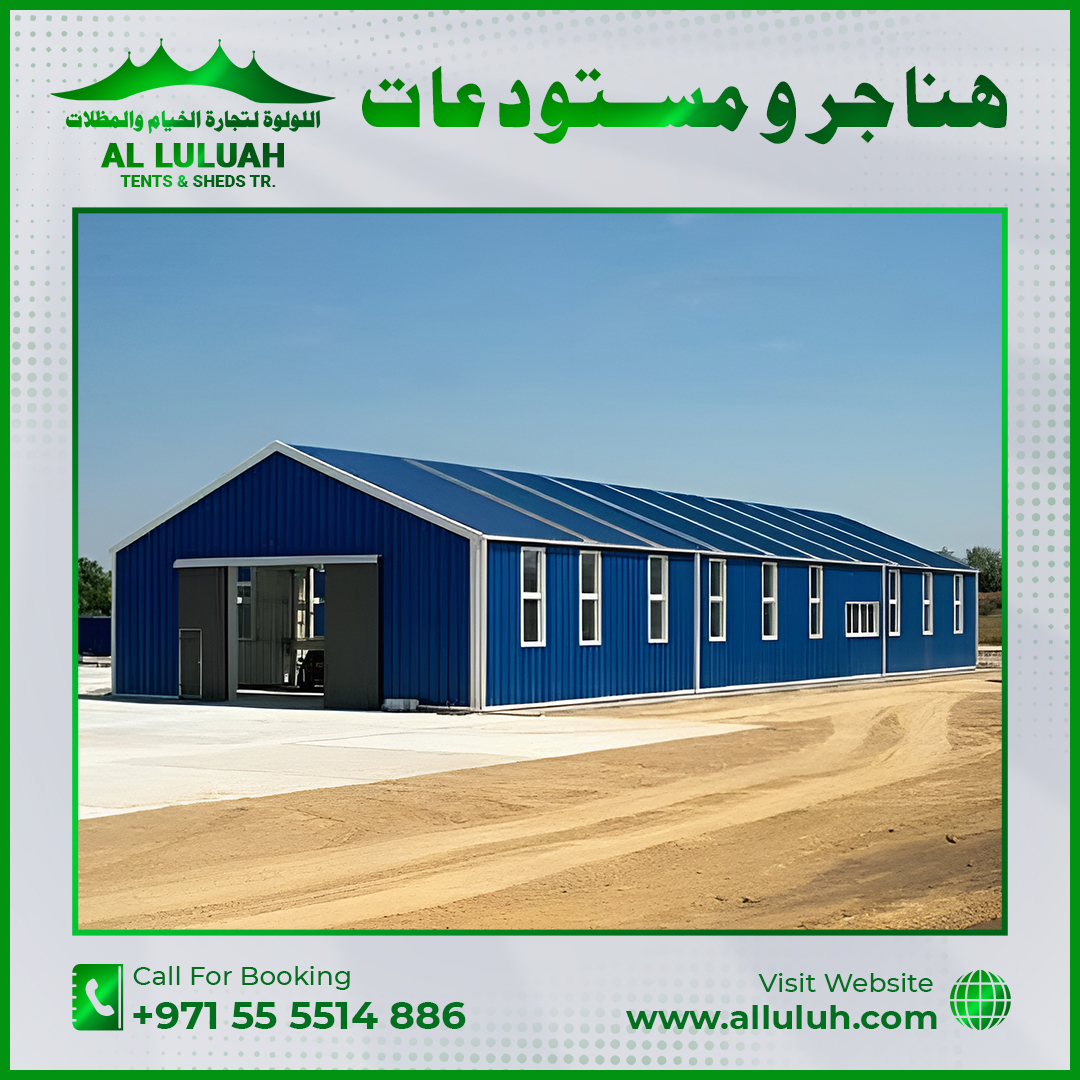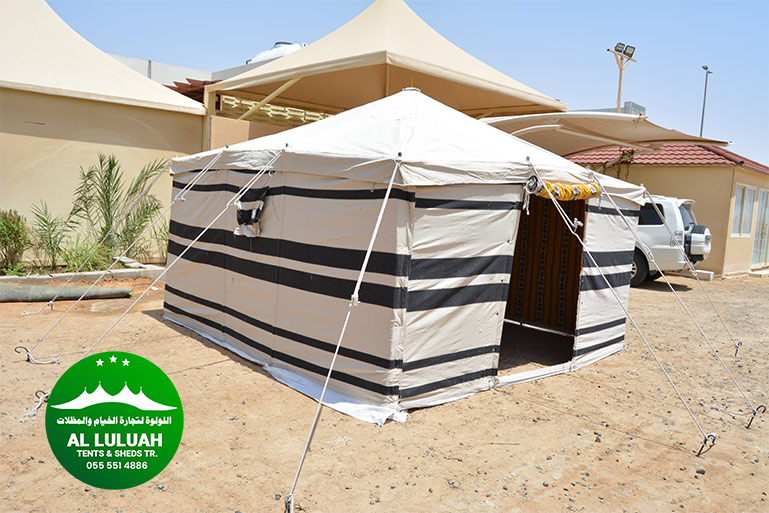Warehouse Construction Costs in Dubai, Sharjah, and Jebel Ali
Warehouse Construction Costs in Dubai Sharjah and Jebel Ali. As the Middle East’s commercial hub, the United Arab Emirates (UAE) has long been a magnet for businesses seeking to establish a strong presence in the region. With its strategic location, world-class infrastructure, and business-friendly environment, the UAE offers a unique opportunity for companies to thrive. However, setting up a successful operation in the UAE requires careful planning and consideration of various factors, including the cost of building and maintaining a warehouse.
Whether you’re an established player or a newcomer looking to break into the market, understanding the construction costs associated with building a warehouse in key locations such as Dubai, Sharjah, and Jebel Ali is crucial to making informed decisions and maximizing your investment. In this guide, we’ll delve into the nuances of warehouse construction costs in the UAE, providing you with the insights and expertise you need to navigate the complex landscape and build a successful operation in this vibrant and dynamic market.
1. Introduction to Warehouse Construction in the UAE
As the Middle East’s business hub, the United Arab Emirates (UAE) has emerged as a prime destination for entrepreneurs, manufacturers, and logistics companies looking to establish a strong foothold in the region. With its strategic location, world-class infrastructure, and business-friendly environment, the UAE has created an ideal ecosystem for warehousing and logistics operations to thrive. At the heart of this ecosystem lies Dubai, Sharjah, and Jebel Ali, three of the most sought-after locations for warehouse construction in the UAE.
Dubai, with its state-of-the-art infrastructure and proximity to the world’s busiest airport, has become a hub for international trade and commerce. Sharjah, on the other hand, offers a more cost-effective alternative to Dubai, while still providing access to the same markets and infrastructure. Jebel Ali, with its massive free trade zone, has become a hotspot for companies looking to set up large-scale logistics and warehousing operations.
However, before diving into the world of warehouse construction in the UAE, it’s essential to understand the costs involved. From land acquisition to construction, equipment, and labor costs, the expenses can add up quickly. In this guide, we’ll delve into the intricacies of warehouse construction costs in Dubai, Sharjah, and Jebel Ali, providing you with a comprehensive understanding of what to expect and how to plan your project for success.
2. Understanding the Cost of Warehouse Construction in the UAE
When it comes to building a successful warehouse operation in the UAE, understanding the cost of construction is crucial to ensuring your project stays on budget and meets your business needs. The cost of warehouse construction in the UAE can vary widely depending on several factors, including the location, size, and type of warehouse you’re building.
In Dubai, for example, the cost of constructing a warehouse can range from AED 400 to AED 1,000 per square meter, depending on the level of customization and the quality of materials used. In Sharjah, the cost is slightly lower, ranging from AED 300 to AED 800 per square meter. Meanwhile, in Jebel Ali, the cost of warehouse construction can range from AED 500 to AED 1,200 per square meter, due to the area’s proximity to the Jebel Ali Free Zone and its high demand for industrial and logistics spaces.
In addition to the cost of construction, there are also other expenses to consider, such as the cost of land acquisition, permits, and utilities. Furthermore, the cost of construction can also vary depending on the type of warehouse you’re building, such as a cold storage facility, a distribution center, or a manufacturing facility. By understanding the cost of warehouse construction in the UAE, you can make informed decisions about your project and ensure its success.
3. Factors Affecting Warehouse Construction Costs in Dubai, Sharjah, and Jebel Ali
When it comes to building a warehouse in Dubai, Sharjah, or Jebel Ali, understanding the factors that affect construction costs is crucial to creating a realistic budget and ensuring the success of your project. From the type of soil and terrain to the design and materials used, several elements can significantly impact the final cost of your warehouse.
One of the most significant factors is the location of your warehouse. Construction costs can vary greatly depending on the emirate, with Dubai typically being the most expensive due to high land costs and stringent building regulations. Sharjah, on the other hand, offers more affordable options, while Jebel Ali’s proximity to the Jebel Ali Free Zone (JAFZA) makes it an attractive option for businesses involved in import and export.
The size and complexity of your warehouse design also play a significant role in determining construction costs. A larger warehouse with bespoke features such as climate control, mezzanine floors, or specialized racking systems will naturally be more expensive than a standard, smaller facility. Additionally, the type of materials used, including the roof, walls, and flooring, can greatly impact costs, with options ranging from affordable concrete to high-end, insulated panels.
Other factors that can influence warehouse construction costs in Dubai, Sharjah, and Jebel Ali include labor costs, which can vary depending on the time of year and availability of skilled workers, as well as the cost of necessary permits and licenses. By understanding these factors, businesses can better plan and budget for their warehouse construction project, ensuring a successful and stress-free build.
4. Land Acquisition Costs in Dubai, Sharjah, and Jebel Ali
Acquiring the right land for your warehouse is a crucial step in the construction process, and it’s an aspect that can significantly impact your overall costs. The cost of land acquisition varies greatly depending on the location, with Dubai, Sharjah, and Jebel Ali offering distinct advantages and price points.
In Dubai, land acquisition costs are typically the highest due to the emirate’s prime location and high demand. The cost of land can range from AED 500 to AED 2,000 per square meter, depending on the area’s proximity to major highways, ports, and commercial centers. For example, a plot of land in the Dubai Industrial Park or Dubai South can cost upwards of AED 1,500 per square meter, while a plot in the Dubai Investment Park may be more affordable at around AED 800 per square meter.
In contrast, Sharjah offers a more affordable option for land acquisition, with prices ranging from AED 200 to AED 800 per square meter. The Sharjah Airport International Free Zone (SAIF Zone) and the Hamriyah Free Zone are popular options for warehouse construction, with land prices averaging around AED 400 per square meter.
Jebel Ali, on the other hand, offers a unique advantage with its proximity to the Jebel Ali Port, one of the busiest ports in the region. Land acquisition costs in Jebel Ali range from AED 300 to AED 1,200 per square meter, with the Jebel Ali Free Zone (JAFZA) being a popular choice for warehouse construction.
It’s essential to carefully consider the land acquisition costs in each location and factor them into your overall budget to ensure a successful and profitable warehouse construction project in the UAE.
5. Design and Planning Costs for Warehouses in the UAE
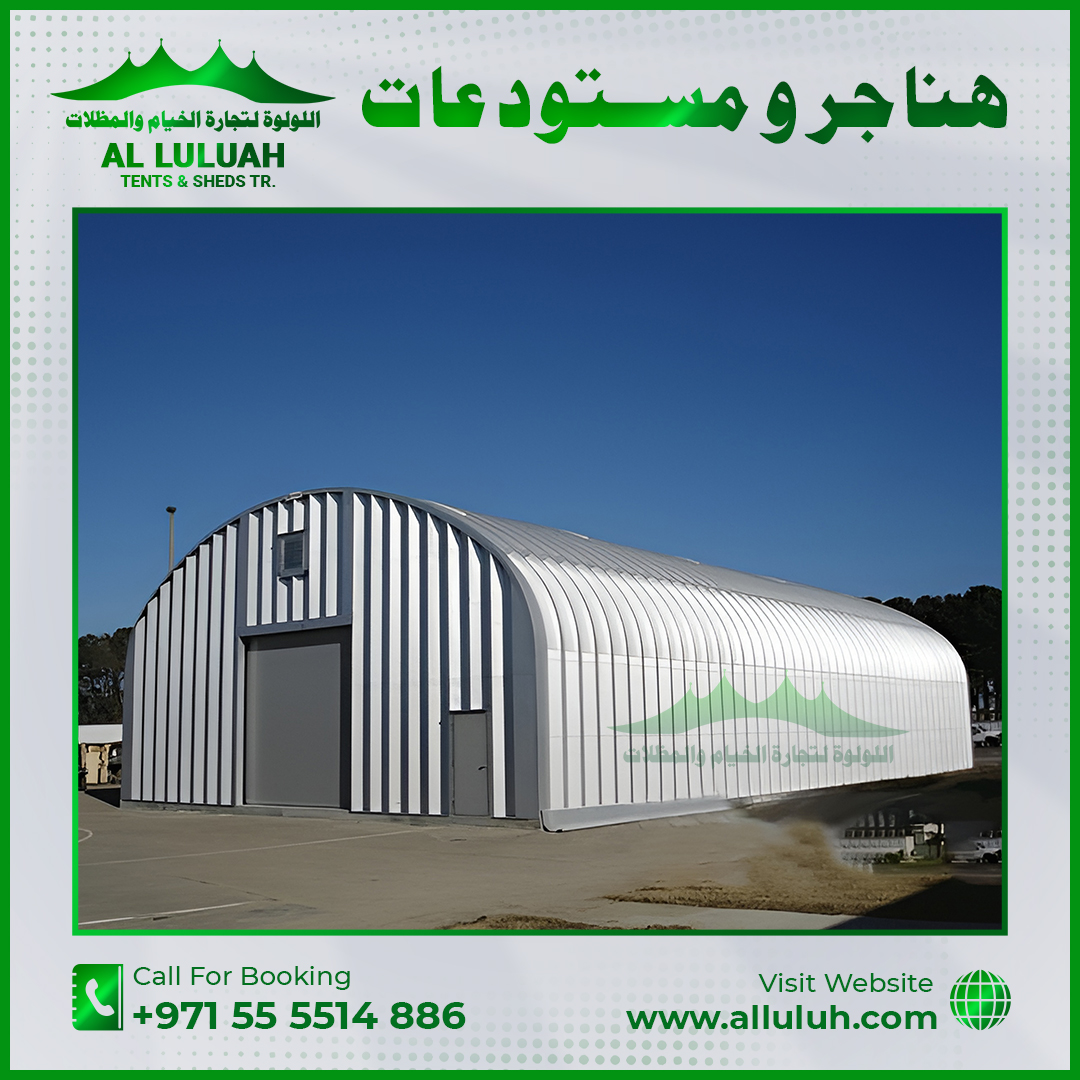
As you embark on your warehouse construction project in the UAE, one of the crucial steps that often gets overlooked is the design and planning phase. However, this stage is vital in setting the foundation for a successful and cost-effective project. The design and planning costs for warehouses in the UAE can vary depending on the complexity of the project, the size of the warehouse, and the location.
On average, you can expect to pay between AED 50 to AED 150 per square meter for the design and planning costs, which translates to around 1-3% of the total construction cost. While this may seem like a significant upfront investment, a well-designed warehouse can lead to increased efficiency, reduced operational costs, and improved productivity in the long run.
A comprehensive design and planning phase will involve a team of experts, including architects, engineers, and project managers, who will work together to create a customized design that meets your specific business needs. This includes conceptualizing the layout, selecting the right materials, and ensuring that the warehouse is compliant with local building codes and regulations.
In Dubai, Sharjah, and Jebel Ali, the design and planning costs may vary depending on the specific requirements of each emirate. For instance, Dubai may have stricter regulations and higher costs due to its prime location and high demand for warehouse space. On the other hand, Sharjah and Jebel Ali may offer more affordable options while still providing access to key transportation hubs and markets.
By investing in a thorough design and planning phase, you can avoid costly mistakes, reduce the risk of project delays, and ensure that your warehouse is optimized for your business operations.
6. Building Material Costs in Dubai, Sharjah, and Jebel Ali
When it comes to building a warehouse in Dubai, Sharjah, or Jebel Ali, the cost of building materials can vary significantly depending on several factors such as the type of material, quality, and brand. From the foundation to the roof, every component of the warehouse structure requires a specific type of material that can impact the overall cost of the project.
In the UAE, the most common building materials used for warehouse construction are concrete, steel, and aluminum. The cost of these materials can fluctuate based on market conditions, transportation costs, and supplier prices. For instance, the cost of steel can be higher in Dubai compared to Sharjah or Jebel Ali due to transportation costs and demand.
Additionally, the quality of the materials can also affect the cost. High-quality materials that are durable and resistant to extreme weather conditions may be more expensive than lower-quality alternatives. Furthermore, the brand and supplier of the materials can also impact the cost, with well-known brands often charging a premium for their products.
To give you a better idea of the costs involved, here are some approximate prices for building materials in Dubai, Sharjah, and Jebel Ali:
- Concrete: AED 800 – AED 1,200 per cubic meter
- Steel: AED 2,500 – AED 4,000 per ton
- Aluminum: AED 1,500 – AED 3,000 per kilogram
It’s essential to research and compares prices from different suppliers to get the best deals for your warehouse construction project. By understanding the costs of building materials, you can better plan and budget for your project, ensuring that you stay within your budget and timelines.
7. Labour Costs for Warehouse Construction in the UAE
When it comes to building a warehouse in the UAE, one of the most significant cost factors to consider is labour. The cost of hiring skilled workers, technicians, and engineers can vary greatly depending on the location, with Dubai, Sharjah, and Jebel Ali each having their own unique labour market dynamics.
In Dubai, for instance, the high demand for construction projects has driven up labour costs, with skilled workers commanding higher salaries. In contrast, Sharjah and Jebel Ali, which are emerging as alternative hubs for logistics and warehousing, may offer more competitive labour rates. Additionally, the UAE’s labour laws and regulations, including the requirement for companies to provide accommodation and transportation for their workers, can also impact labour costs.
8. Permitting and Regulatory Costs in Dubai, Sharjah, and Jebel Ali
Navigating the complex web of permits and regulations is a crucial step in the warehouse construction process in the UAE. While it may seem like a daunting task, understanding the associated costs can help you plan and budget effectively. In Dubai, Sharjah, and Jebel Ali, the permitting and regulatory landscape can vary significantly, and it’s essential to factor in these costs to avoid surprises down the line.
In Dubai, for instance, you’ll need to obtain a building permit from the Dubai Municipality, which can cost around 1-2% of the total construction cost. Additionally, you may need to pay for other permits, such as a environmental permit, a civil defense permit, and a Dubai Electricity and Water Authority (DEWA) permit, each with its own associated fees.
In Sharjah, the process is slightly different, with the Sharjah Municipality requiring a series of permits, including a building permit, a completion certificate, and a occupancy permit. The costs for these permits can range from 0.5-1.5% of the total construction cost.
Jebel Ali, being a free zone, has its own set of regulations and permit requirements. The Jebel Ali Free Zone Authority (JAFZA) requires a series of permits, including a building permit, a environmental permit, and a completion certificate. The costs for these permits can range from 1-3% of the total construction cost.
It’s essential to factor in these permitting and regulatory costs into your overall budget to avoid cost overruns and ensure a smooth construction process. By understanding the specific requirements and costs associated with each emirate, you can better plan and execute your warehouse construction project in the UAE.
9. Warehouse Size and Layout: How it Impacts Construction Costs
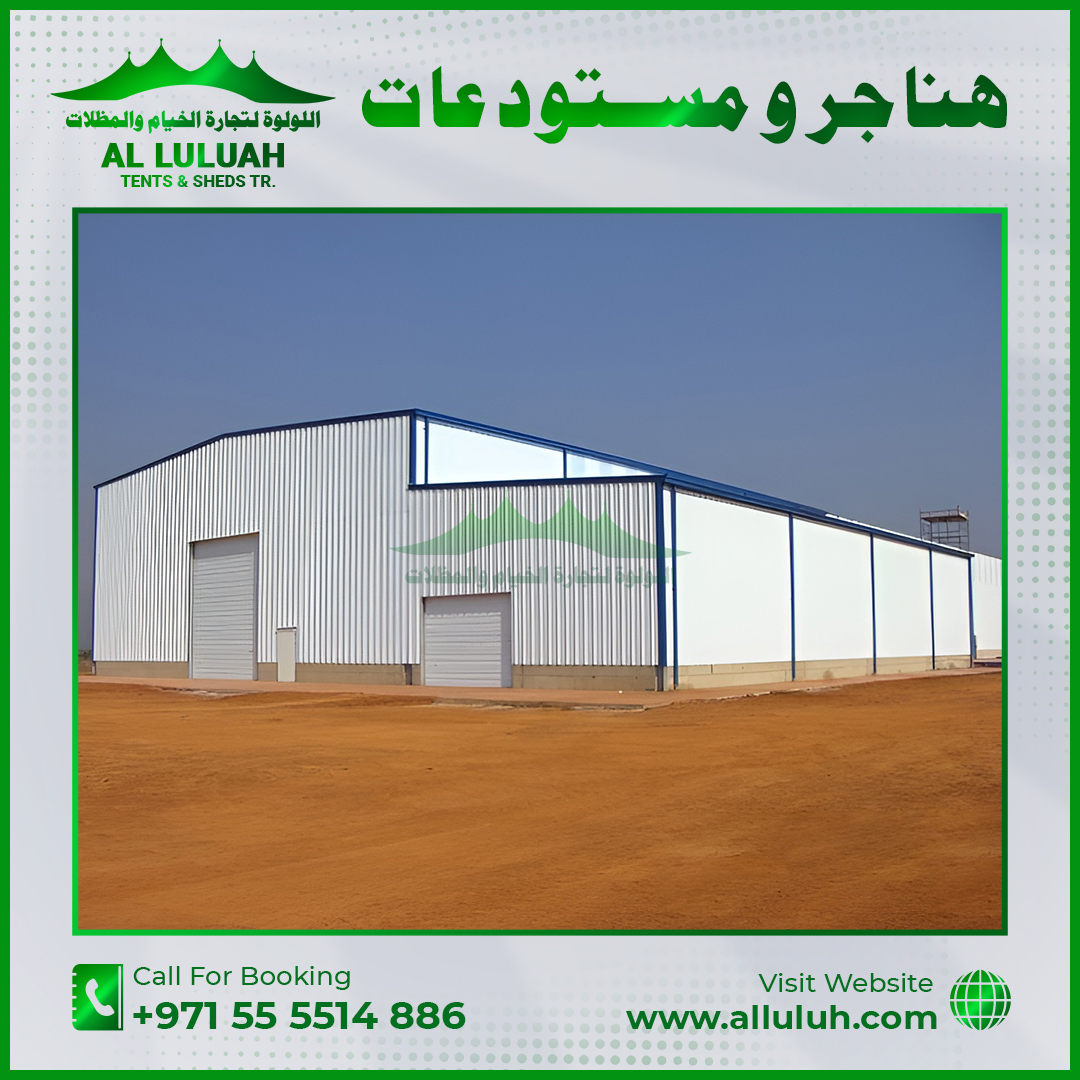
As you embark on your warehouse construction project in Dubai, Sharjah, or Jebel Ali, it’s essential to carefully consider the size and layout of your facility. The warehouse’s dimensions and design will have a significant impact on your construction costs, and ultimately, your bottom line.
A larger warehouse, for instance, will require more materials, labor, and equipment, driving up costs. On the other hand, a smaller warehouse may not provide the necessary storage capacity, leading to inefficiencies and potential losses. The ideal size and layout of your warehouse will depend on your specific business needs, including the type and volume of products you’ll be storing, the number of employees, and the equipment required.
A well-designed warehouse layout can also influence construction costs by reducing the need for unnecessary features, such as excessive aisle space or redundant storage areas. By optimizing your warehouse layout, you can minimize waste, reduce energy consumption, and create a more efficient and productive work environment. Furthermore, a thoughtful layout can also improve safety, reduce the risk of accidents, and enhance overall employee satisfaction.
In Dubai, Sharjah, and Jebel Ali, where land is scarce and expensive, maximizing warehouse space is crucial. By carefully planning your warehouse size and layout, you can ensure that your facility is both functional and cost-effective, setting your business up for long-term success in the UAE.
10. Location-Specific Costs: Dubai, Sharjah, and Jebel Ali Compared
When it comes to building a warehouse in the UAE, location plays a crucial role in determining construction costs. The three most popular locations for warehouse construction in the UAE – Dubai, Sharjah, and Jebel Ali – each have their unique advantages and disadvantages that affect the overall cost of the project.
Dubai, being a prime business hub, comes with a higher price tag. The cost of land, labor, and materials in Dubai is significantly higher compared to Sharjah and Jebel Ali. However, the benefits of setting up a warehouse in Dubai, such as proximity to major ports and access to a large consumer market, make it an attractive option for many businesses.
Sharjah, on the other hand, offers a more affordable alternative to Dubai. The cost of construction in Sharjah is relatively lower, making it an ideal location for businesses on a budget. Additionally, Sharjah’s proximity to Dubai and its own international airport make it an attractive option for those looking to establish a presence in the UAE.
Jebel Ali, with its vast industrial area and proximity to the Jebel Ali Port, offers a unique blend of affordability and accessibility. The cost of construction in Jebel Ali is generally lower than in Dubai, but higher than in Sharjah. However, the benefits of setting up a warehouse in Jebel Ali, including access to a large workforce and proximity to major transportation hubs, make it an attractive option for many businesses.
Understanding the location-specific costs of warehouse construction in Dubai, Sharjah, and Jebel Ali is crucial to making an informed decision about where to set up your warehouse. By considering the costs and benefits of each location, you can make a decision that aligns with your business goals and budget.
11. Cost-Benefit Analysis of Warehouse Construction in the UAE
As you embark on your warehouse construction project in the UAE, it’s essential to conduct a thorough cost-benefit analysis to ensure that your investment yields the desired returns. This crucial step will help you weigh the potential advantages of building a warehouse in Dubai, Sharjah, or Jebel Ali against the associated costs, enabling you to make informed decisions that drive your business forward.
A comprehensive cost-benefit analysis should consider both tangible and intangible factors. On the cost side, you’ll need to account for expenses such as land acquisition, construction materials, labor, equipment, and utilities, as well as ongoing operational expenditures like maintenance, utilities, and staffing. On the benefit side, you’ll need to quantify the advantages of having a warehouse in the UAE, including increased storage capacity, improved logistics efficiency, enhanced supply chain management, and potential tax savings.
By carefully evaluating the costs and benefits of warehouse construction in the UAE, you’ll be able to determine the feasibility of your project, identify areas for cost optimization, and create a robust business case that supports your investment. This analysis will also enable you to compare the costs and benefits of building a warehouse in different locations, such as Dubai, Sharjah, or Jebel Ali, and make an informed decision about which location best suits your business needs.
12. Tips for Reducing Warehouse Construction Costs in the UAE
When it comes to building a warehouse in the UAE, construction costs can quickly add up, putting a significant dent in your budget. However, with some strategic planning and smart decision-making, you can reduce these costs without compromising on the quality of your warehouse. Here are some valuable tips to help you achieve just that.
Firstly, it’s essential to choose the right location. While it may be tempting to opt for a plot in a prime location, such as Jebel Ali, it’s crucial to weigh the costs against the benefits. Consider alternative locations, such as Sharjah or Dubai’s outskirts, which may offer more affordable land options.
Another crucial factor to consider is the design of your warehouse. A simple, functional design can significantly reduce construction costs compared to a complex, bespoke design. Additionally, opting for a pre-engineered building (PEB) can also help you save on costs. PEBs are designed to be cost-effective, quick to assemble, and can be easily customized to meet your specific needs.
Furthermore, selecting the right materials can also make a big difference. Locally sourced materials, for instance, can be more cost-effective than imported materials. Similarly, using energy-efficient systems and equipment can help you save on long-term operational costs.
By implementing these cost-saving strategies, you can build a high-quality warehouse in the UAE without breaking the bank. With careful planning and attention to detail, you can create a facility that meets your business needs while also staying within your budget.
13. Case Studies: Successful Warehouse Construction Projects in the UAE
As we delve into the world of warehouse construction costs in the UAE, it’s essential to explore real-life examples of successful projects that have set the benchmark for excellence in Dubai, Sharjah, and Jebel Ali. These case studies not only demonstrate the feasibility of building a successful warehouse in the region but also provide valuable insights into the challenges overcome, innovative solutions implemented, and the resulting benefits.
Let’s take, for instance, the example of a leading logistics company that built a 50,000 sq. ft. warehouse in Dubai’s Jebel Ali Free Zone. The project, which was completed within a record 12-month timeframe, incorporated cutting-edge technology, including automated storage and retrieval systems, to optimize storage capacity and enhance operational efficiency. The end result? A significant reduction in operational costs, increased productivity, and a substantial boost in customer satisfaction.
Another notable example is a food processing company that constructed a 20,000 sq. ft. warehouse in Sharjah, designed to meet the highest standards of food safety and hygiene. The project’s innovative approach to temperature control, humidity management, and advanced inventory management systems enabled the company to increase its production capacity by 30% while maintaining the highest quality standards.
These case studies, and many others like them, serve as a testament to the potential for success in the UAE’s warehouse construction market. By understanding the challenges, opportunities, and best practices of these projects, businesses can gain a competitive edge in the region and build a solid foundation for long-term success.
14. Building Success in the UAE Warehouse Construction Market
As we conclude our journey through the complexities of warehouse construction costs in Dubai, Sharjah, and Jebel Ali, it’s clear that building a successful warehouse in the UAE requires a deep understanding of the local market, careful planning, and strategic decision-making. From navigating the intricacies of land acquisition and permits to optimizing warehouse design and layout, every detail counts in this competitive market.
By considering the factors we’ve discussed, including location, labor costs, materials, and logistics, businesses can create a solid foundation for their warehouse construction project and set themselves up for long-term success. Whether you’re a seasoned logistics expert or a newcomer to the UAE market, a well-planned and executed warehouse construction project can be a game-changer for your business.
As the UAE continues to solidify its position as a global logistics hub, the demand for high-quality warehouses is only expected to grow. By staying informed, adapting to changing market conditions, and prioritizing efficiency and cost-effectiveness, businesses can capitalize on this trend and build a thriving warehouse operation that drives growth and profitability.
So, if you’re ready to build success in the UAE warehouse construction market, remember to stay vigilant, plan meticulously, and always keep your eyes on the prize. With the right strategy, expertise, and partners, the possibilities are endless in this vibrant and dynamic market.
Conclusion:
As the UAE continues to thrive as a hub for business and trade, understanding the intricacies of warehouse construction costs is crucial for entrepreneurs and investors looking to establish a strong presence in this lucrative market. With our comprehensive guide, you’re now equipped with the knowledge to navigate the complexities of building a successful warehouse in Dubai, Sharjah, and Jebel Ali. From understanding the impact of location and regulations to optimizing your design and construction processes, we’ve covered it all. As you embark on your warehouse construction journey, remember that every dirham saved is a dirham earned, and with the right strategy, you can turn your warehouse into a thriving hub of activity that drives your business forward.


